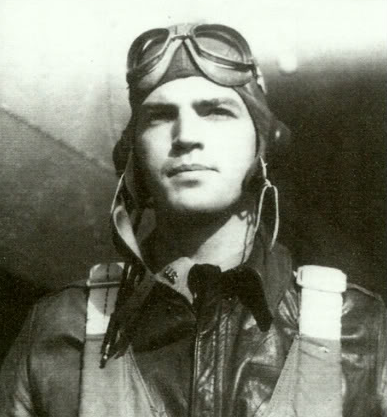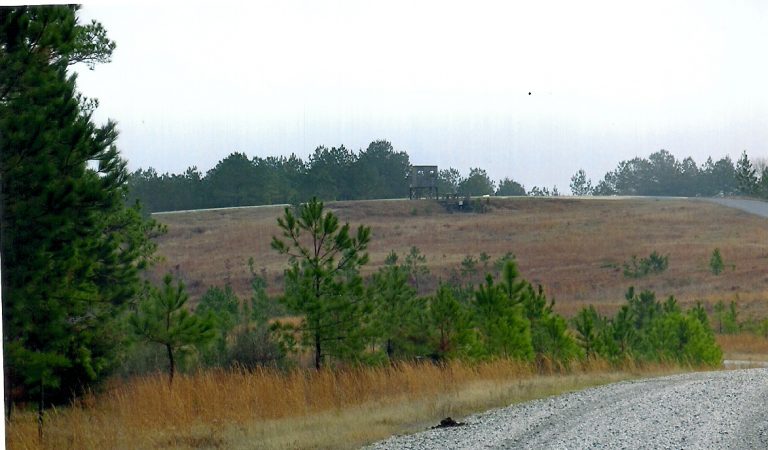Rickey Robertson's Stories from across the Sabine River: Peason, Peason Ridge, and the Southern Confederacy
STOPPING PATTON
During the famous Louisiana Maneuvers of 1941, these training maneuvers were broken down to Phase 1 and Phase 2. Phase 1 ran from September 15th to September 19th, 1941 and Phase 2 ran from September 24th to September 28th, 1941. During Phase 1 General George S. Patton and his 2nd Armored Division were assigned to the Red Second army commanded by General Ben Lear. Early on the morning of September 15th Patton and his troops attacked across the Red River westward toward Fort Jesup and Many, La. from the area near Winnfield, Montgomery, and Natchitoches. Patton’s armored units had to be stopped. But how could they be stopped and just where would the Blue 3rd Army stop him?
General Patton had been ordered to attack westward and then turn south-southeast in an attempt to push the Blue Army back. The goal of these armored attacks were to hit hard and fast and move in and capture the town of Leesville and Camp Polk, thus winning the maneuver battle for Phase 1. How would Patton advance quickly with his armored units in this attack? Patton had his reconnaissance units scouting ahead of his armored columns and they had noted that if he could advance quickly through Mount Carmel and then get to Peason Ridge, his armored units would be able to spread out and could advance and attack Leesville and Camp Polk before the Blue Army could mount a defense. A very good plan but the best laid plans sometimes fail. And the failure in this plan would be at Mount Carmel.

In an attempt to stop General Patton, the Blue 3rd Army commander, General Walter Krueger and his able assistant Colonel Dwight D. Eisenhower came up with a plan to stop the advancing armored columns before they could reach Peason Ridge. The Blue 45th Infantry Division and its anti-tank companies were quietly moved through Peason toward Mount Carmel to stop Patton. When the time was right, Krueger’s and Eisenhower’s surprise attack would stop Patton’s advance.
On Wednesday September 17, 1941 forward elements of General Patton’s 2nd Armored moved into Mount Carmel and began to rest and relax in the warm September sun. The forward units were several half-tracks and peeps (later known as the jeep) with infantry support at Mount Carmel Baptist Church. All of a sudden, firing began and the Red Army troops looked and charging right through the Mount Carmel Cemetery came hordes of blue Army infantrymen of the 45th Division. The Red Army scouts and advance units pulled back to the cross roads at Addison’s Store where they called for tank support from Patton’s tanks. As the Blue Army infantry advanced they brought forward their anti-tank units armed with 37mm anti-tank guns and began firing on the Red Army tanks. Into the school yard at Mount Carmel High School and in and around Addison’s Store the battle raged. Fierce fighting took place throughout the fields surrounding the crossroads as units maneuvered to attack and hold onto the crossroads and the road junction. With the Blue anti-tank units knocking our several of General Patton’s tanks, the 2nd Armored retreated up the Corleyville Road toward Many and Fort Jesup where they could regroup.
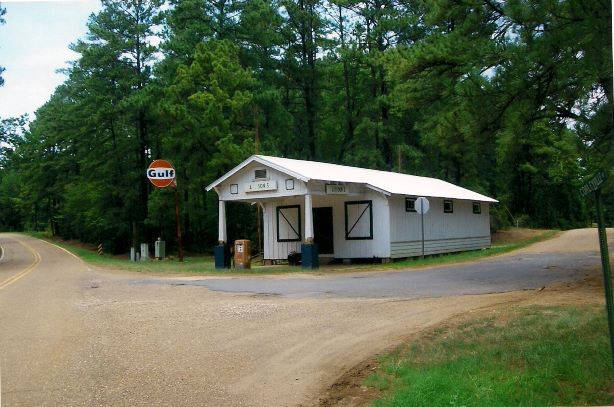
The Blue Army units converged on Addison’s Store but in the excitement of battle they forgot one thing. They did not bring up anti-aircraft guns in the event of a bombing attack by the Red Air Force. All of a sudden, as the Blue Army units milled around in the roadway, Red Army attack bombers appeared and began to flour bomb the troops who began to scatter. As Patton’s units began to withdraw the 68th Armored Regiment was sent by Patton in an attempt to break through the Blue Army anti-tank units that were set in positions near present day Hwy. 118. At around noon the armored units attacked east of Mount Carmel and hit the anti-tank gun positions hard. The anti-tank guns were forced to move and change positions but were able to regroup and hold against Patton’s tanks. The 68th Armored moved back and planned another attack but they did not have artillery or infantry support so they attacked headlong at the anti-tank positions in an attempt to overrun them. But the anti-tank guns of the Blue Army held and the 68th Armored withdrew. In the assault on the anti-tank guns umpires evaluated the situation and declared nine anti-tank gun positions overrun at the heavy cost of thirty tanks declared knocked out.

The anti-tank guns versus tank battle at Mount Carmel was the largest and toughest of all the maneuver battles. Umpires halted the battle at 1830 hours (6:30 p.m.) and they totaled the results. It was noted by umpires that the Red 2nd Armored Division had been soundly defeated during the battle. Patton had been stopped in his tracks by the 37mm anti-tank guns of the Blue Army.
So Patton was stopped at Mount Carmel by the anti-tank gun units new to the army and which were being tried in the Louisiana Maneuvers. I have looked throughout the area and have found several of these old anti-tank gun positions that were set up 78 years ago to stop Patton. Even though they are filled with leaves and pine straw you can easily see where these guns were located. Many were near crossings on the creeks or near bridges, with others in the open cutover timberland. They are all that remain to let us know of the maneuver battles that were fought throughout our area in 1941. But Patton learned many lessons in the Louisiana Maneuvers and he corrected his tactics so that he was able to use them when he arrived in North Africa and Europe to his advantage. And the lessons learned helped Patton to lead his forces to victory in World War II. And yes, Sabine Parish you were part of this great event!
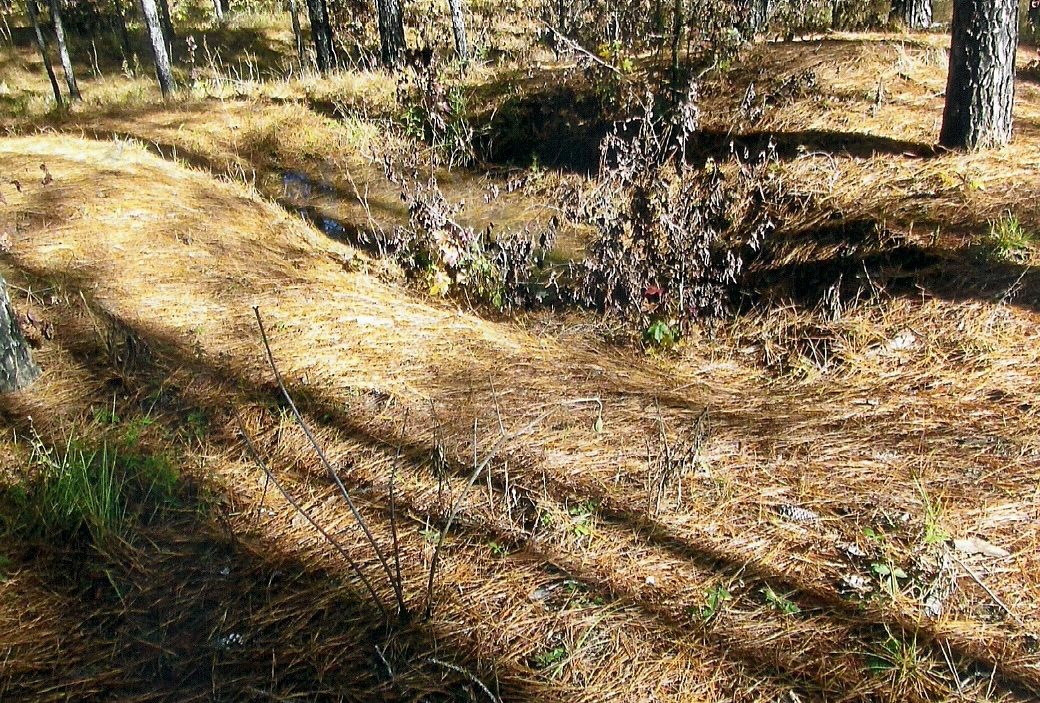
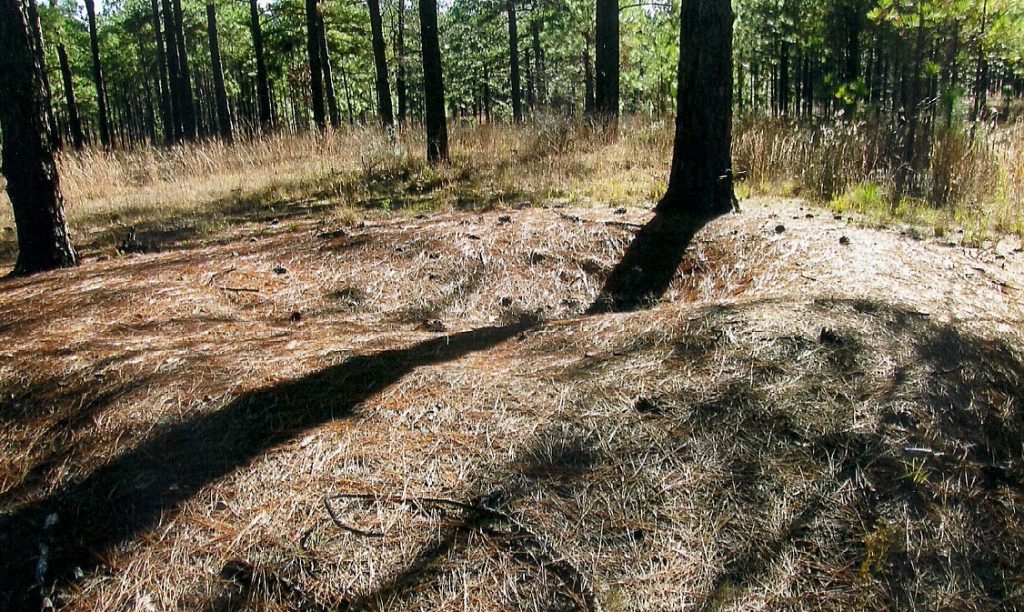
Rickey Robertson retired from the La. State Police in 2009. He was born and raised in the Peason Community in southeastern Sabine Parish. Rickey and his wife Patsy founded the Peason Historical Foundation Inc. in 2007 to gather and preserve the rich history of the sawmill town of Peason and of the settlers and homesteaders of Peason Ridge. They founded the Peason Memorial Park, which houses two historical markers and photo kiosks open to the public and they also have a small military museum at their home. Rickey is one of the few Heritage Family Members from Peason Ridge. Rickey writes historical articles for several local newspapers, and both local and national magazines.

